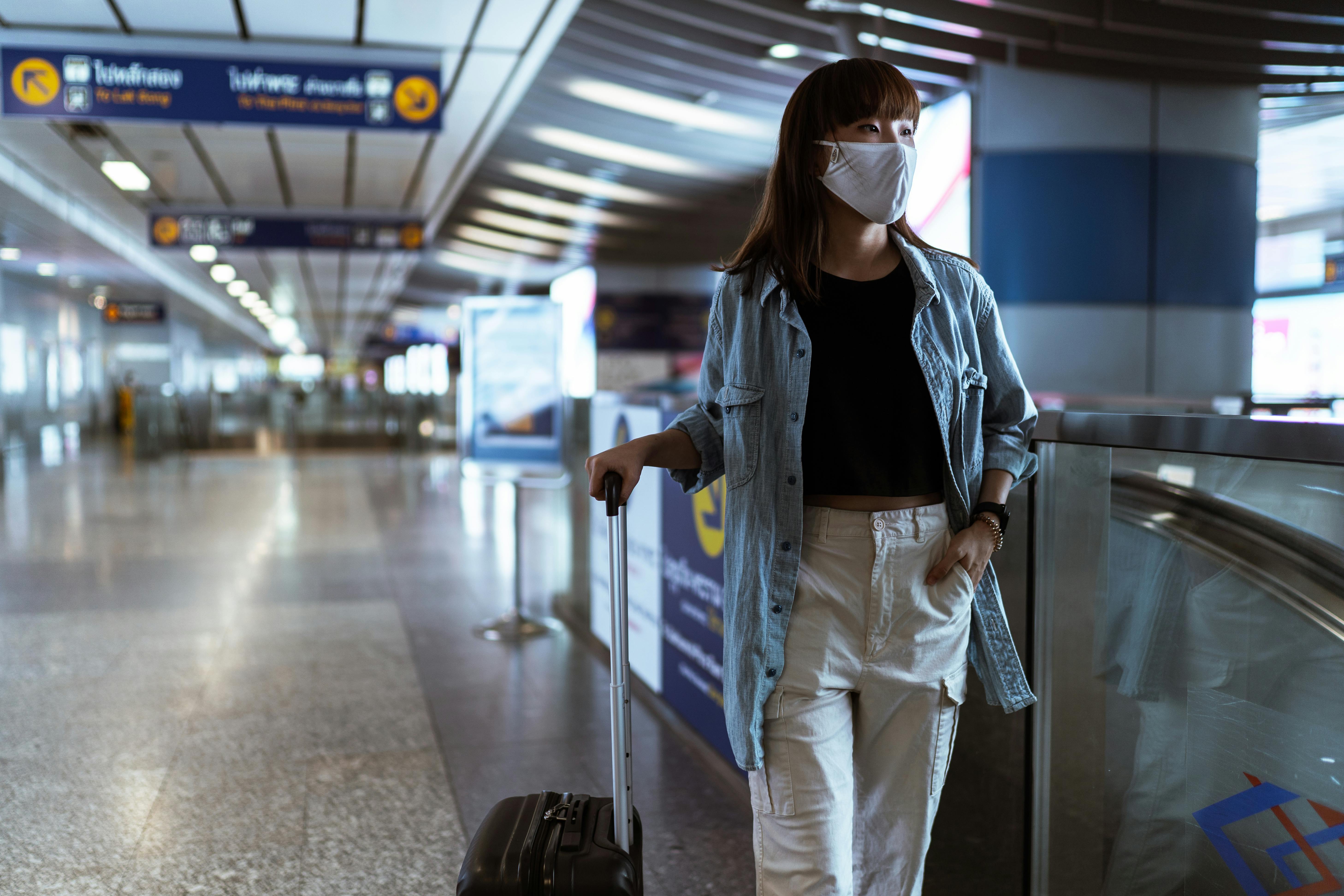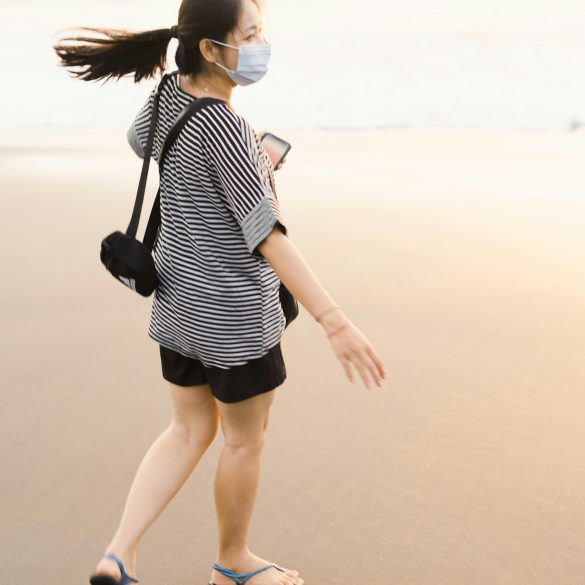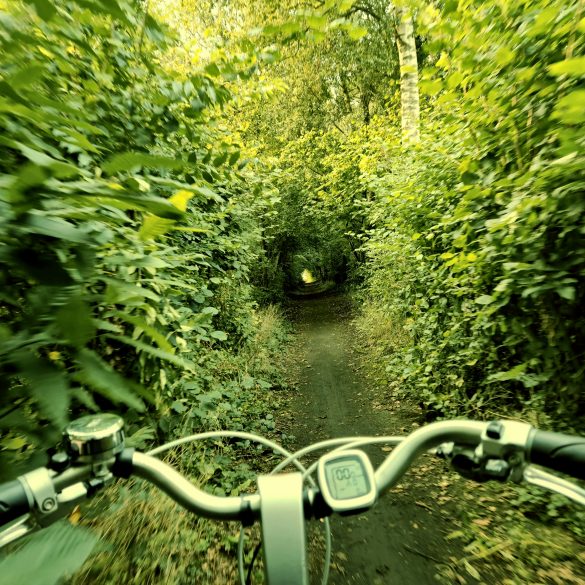Solo Female Travel Safety Tips: Real Advice for Confident Journeys
Here’s a little confession: the first time I traveled alone as a woman, the knot in my stomach almost convinced me not to board that outbound flight. Even now—years later, dozens of cities in—I still feel a shiver of awareness checking into a new hotel or wandering unfamiliar streets at sunset. What really strikes me is how solo female travel is neither wholly exhilarating nor scary; it’s a dynamic dance between adventure and caution, between freedom and calculated choices. And let’s face it: while travel guides offer generic checklists, most safety advice out there fails to resonate with our real lived experiences and emotional ups and downs.
So, why write this? I want this guide to cut through the noise and offer genuinely practical, empathetic, and actionable solo female travel safety tips—for every kind of traveler, whether you’re planning your first hostel night in Thailand or returning to Rome for the fourth time. What I’ve learned after years (and mistakes, and lessons, and way too many lost phone charger adapters!) is this: personal safety is as much psychological as physical. It’s about feeling safe and actually being safe, no matter how unfamiliar the surroundings. And yet, no two journeys look alike.
Defining Solo Female Travel Safety… Honestly
Let’s begin with the basics—but not the watered-down basics you’ll find on corporate travel blogs. When we talk about “solo female travel safety,” what we’re really doing is combining two complex concepts:
- Actual physical safety (threat prevention, response, risk reduction)
- Feeling safe (psychological comfort, community support, informed confidence)
Key Insight
What I’ve consistently found is this: your emotional resilience—how you process uncertainty, trust your instincts, and learn from glitches—shapes your experience as much as any packing list ever could.
The Psychology of Safety and Perception
This is where things get a bit personal, and maybe a little messy. Ever notice how even in broad daylight, your brain sometimes whispers warnings that are just echoes from old stories, news reports, or well-meaning relatives? In my experience, learning to question the psychology of safety—where our worries come from, what triggers the “what-ifs”—is foundational. According to recent studies, perceptions of risk among solo female travelers often skew higher than actual probability1. So while yes, crime rates matter, how we interpret our immediate environment (crowds, local customs, gender norms) matters even more.
Core Safety Strategies for Solo Women
Let me step back for a moment and get super concrete. If I could go back and tell my novice self just three things, it would be:
- Preparation trumps paranoia (learn before you land)
- Community is currency (connect early, ask questions)
- Boundaries are not negotiable (practice graceful assertiveness)
And here’s the thing: these aren’t just slogans—they’re working principles. On a deeper level, they mean knowing exactly when to say “no,” trusting yourself to leave uncomfortable situations, and using available tech (location sharing, translation apps, emergency contacts) with intention. I’ll dig into the specifics in future sections, but for now, sit with this idea: safety is a living practice, not a static checklist.
Regional Realities & Cultural Context
Here’s what gets me: the “universal rules” that sound great in theory don’t really hold up everywhere. During my early career, I made the mistake of assuming what worked in Paris would work just as well in Delhi. Let me clarify that does not—at all. Regional context is everything. For instance, Japan’s incredibly safe public transport system and London’s detailed CCTV surveillance both create environments that feel secure, yet norms about solo female travelers vary wildly from city to city2.
That being said, safety is not just about criminal threat; it’s also about cultural predictability, public gender attitudes, accessibility, and health infrastructure. You’ll notice, walking in early morning in Reykjavik versus late evening in Lima provokes completely different risk profiles—even when the statistics seem contradictory4. Sound familiar?
Expert Quotes & Community Wisdom
Team discussions often center around a simple truth: while data helps, actual stories from fellow travelers shape your decision-making. For example, just yesterday, while reviewing community boards, I noticed how reports from Peru contrasted sharply with published crime statistics5. Real-world experiences—missed buses, unexpected kindness, uncomfortable stares—matter more than meta-analyses in the moment.
Key Learning
Actually, thinking about this differently, your best resource might just be other women. Join local Facebook groups, use platforms like Solo Female Travelers Club, and—this is crucial—read between the lines of official tips.
Step-by-Step Risk Management: My Evolving Safety Process
I go back and forth on whether lists actually help or just create anxiety. The more I consider this, though, process does create calm. Here’s my current step-by-step approach—not perfect, but definitely effective:
- Destination Research: Scan reputable travel advisories (like U.S. State Department or UK’s FCDO) for country-specific risks6.
- Context Checks: Connect with locals (via Couchsurfing or Meetup), ask about real areas to avoid, and get honest cultural cues.
- Transport Securitization: Pre-book airport transfers, learn about local taxi regulations, and confirm hotel pickup options near arrival.
- Accommodation Scrutiny: Only stay in places with verifiable reviews from other women; message hosts in advance to gauge responsiveness.
- Network Activation: Set up WhatsApp location sharing with trusted friends, and always update someone before heading out.
- Packing for Protection: Stash emergency cash, a backup SIM card, and color copies of your ID/passport away from your main bag.
Honestly, I reckon it’s the preparation phase that makes the abstract fear concrete—and then manageable. I’m still learning about local medical systems in different countries. Last month, for example, navigating a night-time pharmacy search in Prague taught me the true value of health insurance details and language apps.
Remember This
Preparation is key—but flexibility is survival. Always leave “space” in your plan for the unexpected, whether it’s a train delay or a street festival that shifts your route.

Advanced Tactics & What I Wish I’d Known
Now, for everyone who’s already read “pack a doorstop”—let’s get real. Advanced safety is about situational awareness, not just gadgets. This is where seasoned travelers weave risk management into daily life without even thinking about it. I used to think carrying pepper spray would make me invincible—truth is, local regulations, import bans, and even urban norms can turn your “protection” into a liability7.
Personal Insight
What excites me about traveling solo now isn’t just the adrenaline rush, but knowing I can adapt my actions to the moment. Being able to role-play assertiveness (“No, thank you—I’m meeting a friend”), reverse plan an exit route, and spot local scams before they’re aimed at me: these are real skills.
Tech Solutions (and Limitations)
- Emergency Apps: Apps like Noonlight, SafeTrek, and Red Panic Button give instant alerts to contacts, but require stable Wi-Fi or cellular coverage and local language compatibility8.
- Offline Maps: Download Google Maps areas for offline navigation in case you lose reception, but remember—address formats may vary by country.
- Travel Insurance Portals: Register your trip on insurer platforms, upload critical docs, and save hotlines to your phone.
- Virtual SIM Cards: Use eSIM options for secure, local data access in regions with sketchy Wi-Fi, but check device compatibility first.
Trust Building with Locals
Building trust can take minutes, weeks, or just never happen—depending on context. What’s super helpful? Connecting through vetted networks, asking open-ended questions (“If your sister were visiting, what would you warn her about?”), and learning key local phrases (even three words make a difference). These days, I also look for women-only events and spaces—yoga classes, hostel kitchens, local walking groups—which create natural buffers.
Seasonal & Environmental Considerations
Something I learned the hard way: nightfall changes everything. Atmospheric security (lighting, public transport schedules, crowd density) all shift rapidly after sunset. I used to ignore seasonal timing—until a New Year’s Eve in Munich, surrounded by fireworks and closed train stations, forced a four-hour walk home (not recommended). If you’re heading to a new city, research daylight hours, upcoming holidays, and even local climate events.
| Region | Daytime Safety | Nighttime Risks | Seasonal Notes |
|---|---|---|---|
| Western Europe | Generally high, busy public spaces | Pickpocketing, isolated areas after 10pm | Winter holidays boost crowds |
| Southeast Asia | Good in tourist zones, variable elsewhere | Unregulated taxis, nightlife hotspots | Rainy season floods, festivals affect transit |
| North America | Urban centers have police presence | Street harassment, transit gaps | Summer events spike local risk |
| Middle East | Daytime markets, mosques safe | Curfew zones, gender restrictions | Ramadan changes flow, summer heat |
Quick Questions to Ask Yourself:
- Is my emergency plan viable after dark?
- Does my accommodation have 24hr staff?
- Am I aware of holiday schedules impacting safety?
- Have I checked in with someone back home?
Funny thing is, the “safe” destination might feel risky, and the “dangerous” one might be filled with unexpected support. Zoom out, trust your experience, and blend street smarts with flexibility. One more thing—be willing to break your own routine as new info comes in.
Conclusion: Safety, Confidence, Connection
Okay, let’s get real for a second. I’ve shared dozens of tips, personal fails, evolving mindsets, and expert nuggets, but if I’m being honest—real safety is a moving target. No two trips will ever feel the same, and no advice can anticipate every challenge. My current thinking is that solo female travel is a lifelong learning adventure; it’s never finished, always changing. I need to revise my earlier point about preparation—what matters most is your ability to improvise and self-correct, supported by solid info and real community. That’s where real confidence comes from.
Your Next Steps
If you’re planning your solo trip this year, start small—then stretch out. Share your journey online, connect with fellow travelers, stay curious, and most importantly, be honest about your fears and hopes. That authenticity is the ultimate safety net.
References & Further Reading



